In the fiercely competitive arena of sales, your presentation isn’t just a pitch. It’s your stage. It’s where deals are sparked, relationships are forged, and your product or service shines brightest.
But let’s face it, crafting a sales presentation that captivates, convinces, and converts is no walk in the park. It’s an art form, a strategic dance of words and visuals, where every step counts.
If you’re struggling to close deals and your sales presentations are falling flat, you’re in luck. In this article, we’re not just sharing tips – we’re transforming the way you pitch.
From setting clear objectives to personalizing your approach, these 16 sales presentation tips are designed to elevate your game. Find out how to infuse your presentations with the ‘POP’ factor, turning every sales opportunity into a performance that leaves your audience wanting more.
1. Set a clear objective
Every stellar sales presentation begins with a clear, defined objective.
It’s like setting the destination for your journey.
Before diving into the design or content, ask yourself: What’s the endgame here? Are you aiming to seal the deal, educate your audience, or build a lasting relationship?
This clarity of purpose is your guiding star, keeping your presentation on track and laser focused.
Remember, a presentation without a clear goal is like a ship without a rudder, drifting aimlessly in the sea of sales opportunities.
2. Use a customer-centric approach
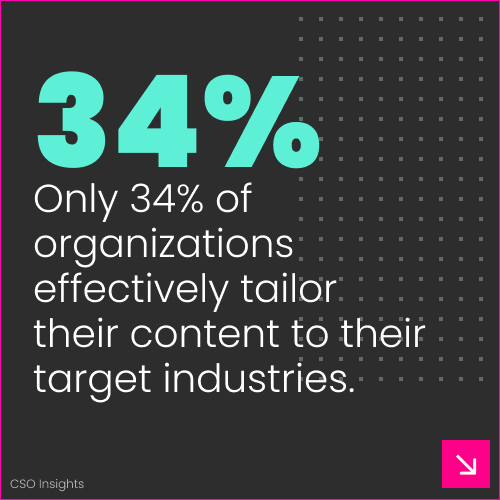
At the heart of every impactful sales presentation is the customer. Shift the spotlight from your product or service to your audience’s needs, challenges, and aspirations. This customer-centric approach is a game-changer.
It’s about showing your audience that you understand their world and have tailored your solution just for them. By aligning your content with their specific interests, you’re not just presenting; you’re connecting. Remember, in the world of sales, the most resonant message is one that echoes the voice of the customer.
Top Tip: Read this case study to find out how POP creates customer-centric interactive presentations.
3. Harness the power of storytelling
A well-told story does more than just inform. It captivates and connects on a deeper level. A compelling story not only makes your presentation memorable but also builds an emotional bridge between your offering and the audience’s needs. Remember, facts tell, but stories sell.
Learn why visual storytelling is important for sales presentations >
4. Structure your presentation effectively
A well-structured presentation is like a well-plotted journey. It guides your audience through your narrative with purpose and clarity. Start with a compelling introduction that hooks your audience, followed by the body where you delve into the details of your offering.
Each point should seamlessly lead to the next, building a cohesive argument. Conclude with a powerful call to action that leaves a lasting impression and clearly outlines the next steps.
5. Balance your content
A common pitfall in sales presentations is overwhelming the audience with an excess of information. Strive for a balance: your slides should support and enhance your narrative, not overshadow it. Use them to highlight key points, illustrate concepts, and engage visually, but avoid cluttering with too much text or data.
6. Adapt to your audience’s preferences
The length and depth of your sales presentation should align with your audience’s preferences and attention span. Some clients may appreciate a brief, concise overview, while others might prefer a more detailed exploration of your offering.
Pay attention to cues from your audience during the presentation and be ready to make changes accordingly as you go.
If they seem engaged and ask detailed questions, delve deeper. If they appear overwhelmed or disinterested, it might be time to wrap up. Adapting your presentation length shows respect for your audience’s time and ensures that your message is received in the most effective way possible.

This is where interactive presentations shine. They are tailor-made for adapting on the fly, allowing you to respond in real-time to the rhythm of your audience’s engagement.
Learn more about whether your sales presentations should be interactive >
7. Personalize your presentation
Personalization can transform a standard sales pitch into a memorable, impactful experience. Tailor your presentation to each specific audience by incorporating elements that resonate with them personally.
Personalized presentations not only demonstrate your commitment and attention to detail but also help in building a stronger connection with your audience, increasing the likelihood of a successful outcome.
8. Engage in conversational selling
Transform your sales presentation from a monologue into a dialogue.
Adopting a conversational presentation style makes your pitch more engaging and interactive. Encourage questions, invite opinions, and be responsive to the feedback you receive. This two-way communication not only makes your audience feel valued and heard but also provides you with valuable insights into their thoughts and needs.
A conversational approach breaks down barriers, creates a more relaxed atmosphere, and fosters a sense of collaboration. Remember, the more you engage with your audience, the more invested they become in your presentation.
9. Back up your claims
Credibility is crucial in a sales presentation, and nothing builds credibility like solid evidence.
Support your claims with concrete examples, data, and case studies that demonstrate the effectiveness of your product or service. Show how you’ve solved similar problems for other clients and use statistics to underscore the value you bring. Seeing is believing.
10. Be specific and clear
Avoid vague promises and generalizations. Instead, provide clear, detailed information about your product or service. This includes specific features, benefits, pricing, and implementation timelines.
Being specific helps set realistic expectations and builds trust with your audience. It also demonstrates your thorough understanding of your offering and its applicability to your audience’s needs.
11. Embrace the visual impact
A picture is worth a thousand words. Incorporate visually compelling elements into your sales presentations to make them more engaging and memorable. Utilize high-quality images, infographics, charts, and videos to illustrate your points and break up text-heavy content.
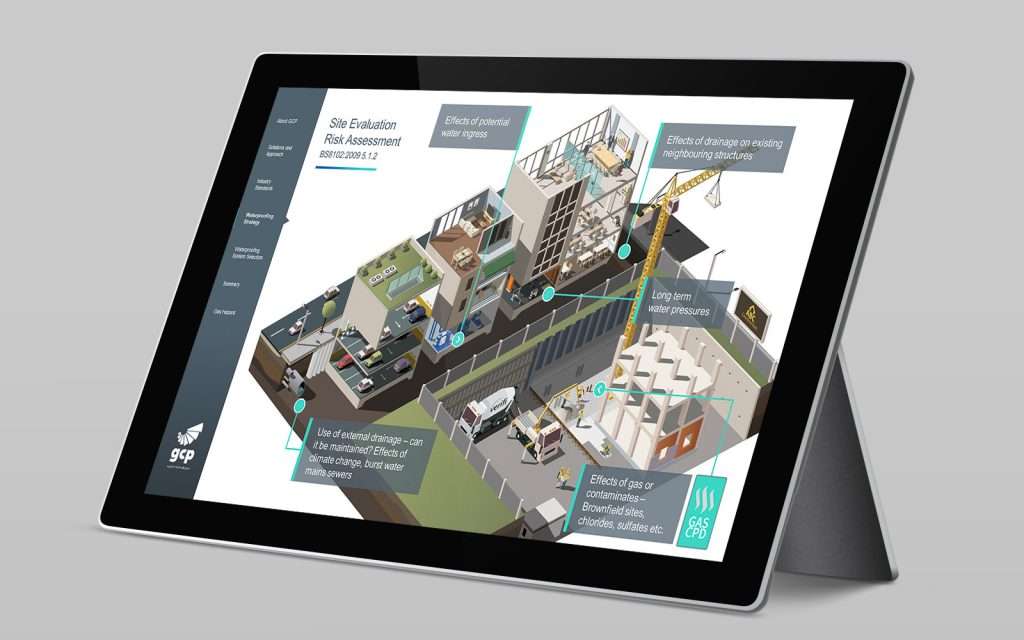
If you opt for an interactive presentation, you can use interactive visuals, such as 3D product models and configurators to make complex ideas simple and memorable.
Find out how to use 3D modelling with interactive presentation technology >
12. Practicing and refining delivery skills
Your sales presentation delivery is just as important as the content. Here are some tips to help refine your delivery skills:
- Rehearse regularly – Practice your presentation multiple times. This helps you get comfortable with the flow of your content and refine your timing.
- Seek feedback – Present to colleagues or mentors and ask for honest feedback. They can offer valuable insights on areas for improvement that you might not see yourself.
- Record and review – Record your practice sessions. Watching yourself can reveal habits or mannerisms you may want to change, such as filler words, pacing, or body language.
- Work on your voice – Pay attention to your tone, pace, and volume. A varied tone keeps the audience engaged, while a clear and steady pace ensures your message is understood.
- Perfect your body language – Non-verbal cues are powerful. Practice open and confident body language to engage and connect with your audience.
- Handle nerves – Learn techniques to manage presentation nerves, such as deep breathing or visualization. Being calm and composed enhances your delivery.
- Prepare for technical issues – Be ready to handle any technical glitches smoothly. Familiarize yourself with your presentation tools and have backups ready.
- Adapt to virtual settings – If presenting remotely, practice with the technology you’ll use. Ensure good lighting, clear audio, and a professional background.
Remember, a well-delivered presentation can make a lasting impression. With practice and refinement, you can turn your sales pitch into a compelling and persuasive performance.
13. Outline clear next steps
Conclude your presentation by clearly outlining the next steps. Whether it’s scheduling a follow-up meeting, arranging a product demo, or sending a detailed proposal, provide your audience with a clear path forward.
Make sure these steps are actionable and time-bound, giving your audience a sense of urgency and purpose. Remember, a strong conclusion with clear next steps can make the difference between a presentation that fades into memory and one that leads to a successful partnership.
14. Allocate time for feedback and discussion
An effective sales presentation isn’t just about talking – it’s also about listening.
Make sure to allocate ample time for questions, feedback, and discussion at the end of your presentation.
This open forum allows your audience to clarify doubts, express concerns, and delve deeper into aspects they find most relevant.
15. Handling objections effectively
Anticipating and effectively handling objections is a crucial skill in sales presentations. It’s not just about having answers. It’s about understanding the concerns behind the objections and addressing them in a way that reassures and convinces your audience. Try these tips:
- Listen actively – When an objection is raised, listen carefully without interrupting. Understanding the root of the concern is key to addressing it effectively.
- Empathize – Show that you understand their concern and validate their feelings. This builds trust and shows that you’re not just selling a product but providing a solution.
- Respond clearly and confidently – Address the objection directly with clear, concise information. Use data, testimonials, or case studies to back up your response.
- Turn objections into opportunities – Often, an objection can be turned into a selling point. For example, if the concern is about cost, highlight the long-term value and ROI of your product or service.
- Practice common objections – Prepare for common objections you encounter in your industry. Having well-thought-out responses at your fingertips can significantly boost your confidence and effectiveness.
- Follow up – If you can’t address an objection on the spot, make a note to follow up with more information. This shows commitment to your customer’s concerns.
Remember, objections are not roadblocks but opportunities to further engage and convince your audience.
16. Track results and continuously improve
To ensure your sales presentations remain effective, it’s crucial to track their results and continuously seek improvements.
Analyze the outcomes of each presentation: Did it lead to a follow-up meeting, a sale, or increased interest? Gather feedback from your audience and your sales team about what resonated and what didn’t.
If you can utilize analytical tools to gain data-driven insights, this is far superior. You’ll know exactly what resonates with your customers, taking guesswork out of the picture and eradicating bias from the process.
KPIs like customer engagement levels, most viewed presentation sections, and content effectiveness are a game changer. With a sales experiences platform like POP, you can automatically update your CRM and make data-driven decisions on improvements and actions.
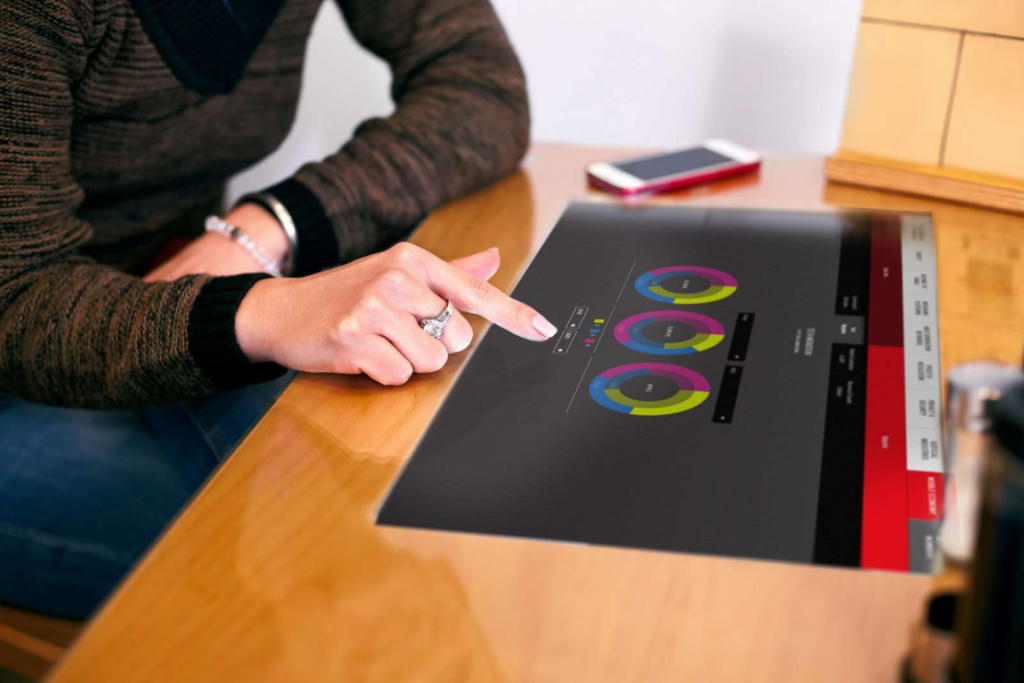
Remember, the best sales presentations are dynamic and evolving, adapting to new information and changing market conditions.
Find out how to measure the ROI of an interactive touchscreen experience >
Transform your sales presentation approach and see the improvements!
Incorporating these sales presentation tips into your strategy can significantly transform your approach and results.
Remember, a successful sales presentation is more than just sharing information. It’s about creating a connection, telling a story, and persuading your audience.
By continuously refining your content, delivery, and response to feedback, you can turn every sales opportunity into a compelling narrative that resonates with your audience. Embrace these tips, practice, and watch as your sales presentations evolve from routine pitches to memorable experiences that drive results.
Take your sales presentations to the next level
As we’ve journeyed through these essential sales presentation tips, it’s clear that crafting an impactful pitch requires more than just following a formula.
Embracing the right tools and strategies makes all the difference. Sales enablement platforms like POP offer the perfect blend of technology, interactivity and creativity to bring your sales presentations to life. With interactive features, seamless integrations, and powerful analytics, POP transforms your presentations into dynamic, memorable experiences.
Ready to take your sales presentations to the next level? Explore the possibilities with POP! Dive into our resources for more insights, watch our informative videos for inspiration, or book a demo to see how our platform can revolutionize your approach.
Don’t just present. Connect, engage, and persuade with POP. Reach out to us at +44 (0)117 329 1712 or hello@popcomms.com to start transforming your sales presentations today.
Related Posts
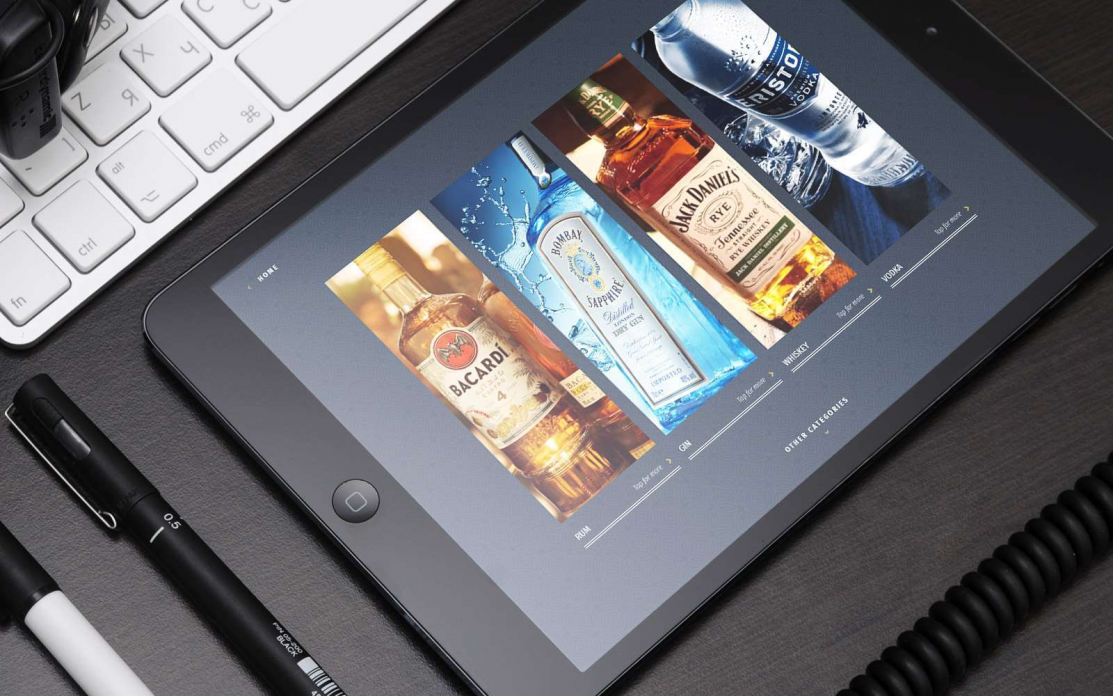
Should Your Sales Presentation be Interactive? [5 Questions to Ask Yourself]
Read
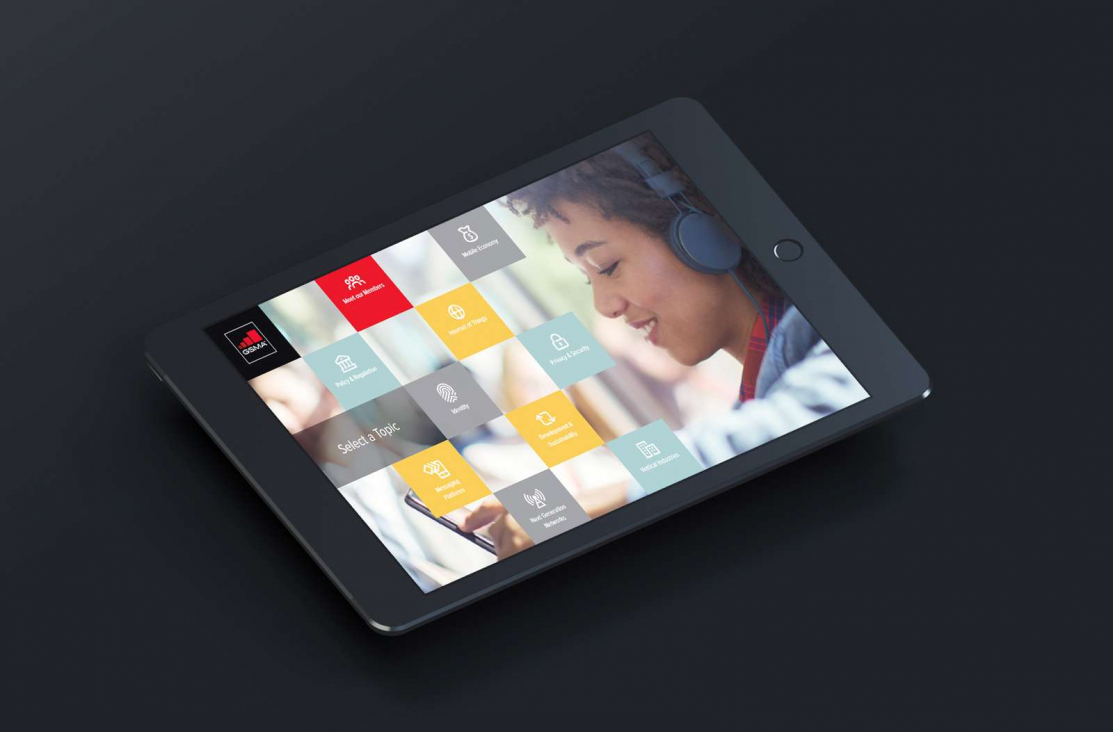
Six Essential Aspects for the Successful Implementation of a Digital Sales Enablement Tool
Read
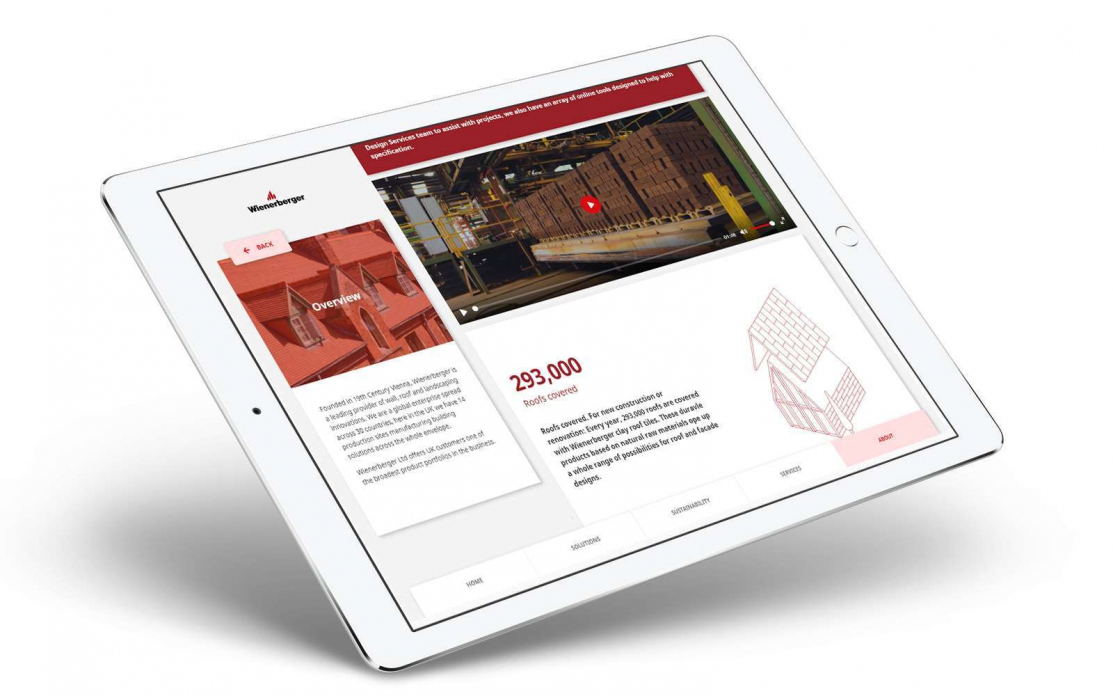
5 Sales Enablement Best Practices to Help Drive Growth
Read
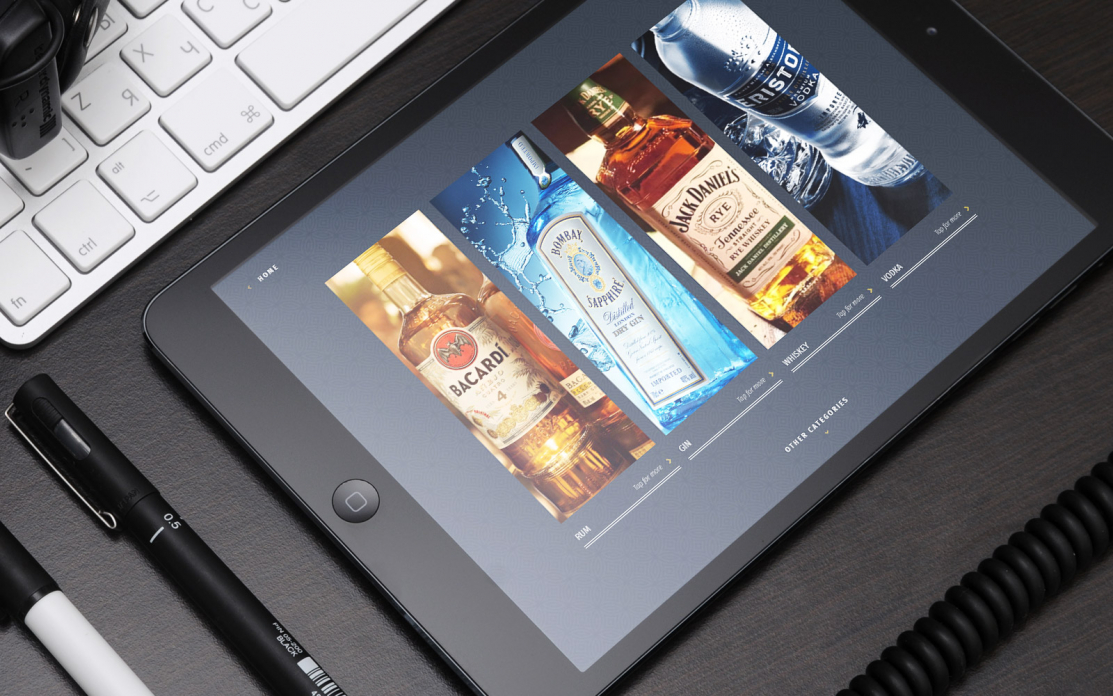
The Best Ways to Deliver Engaging Conversational Presentations for B2B Sales
Read